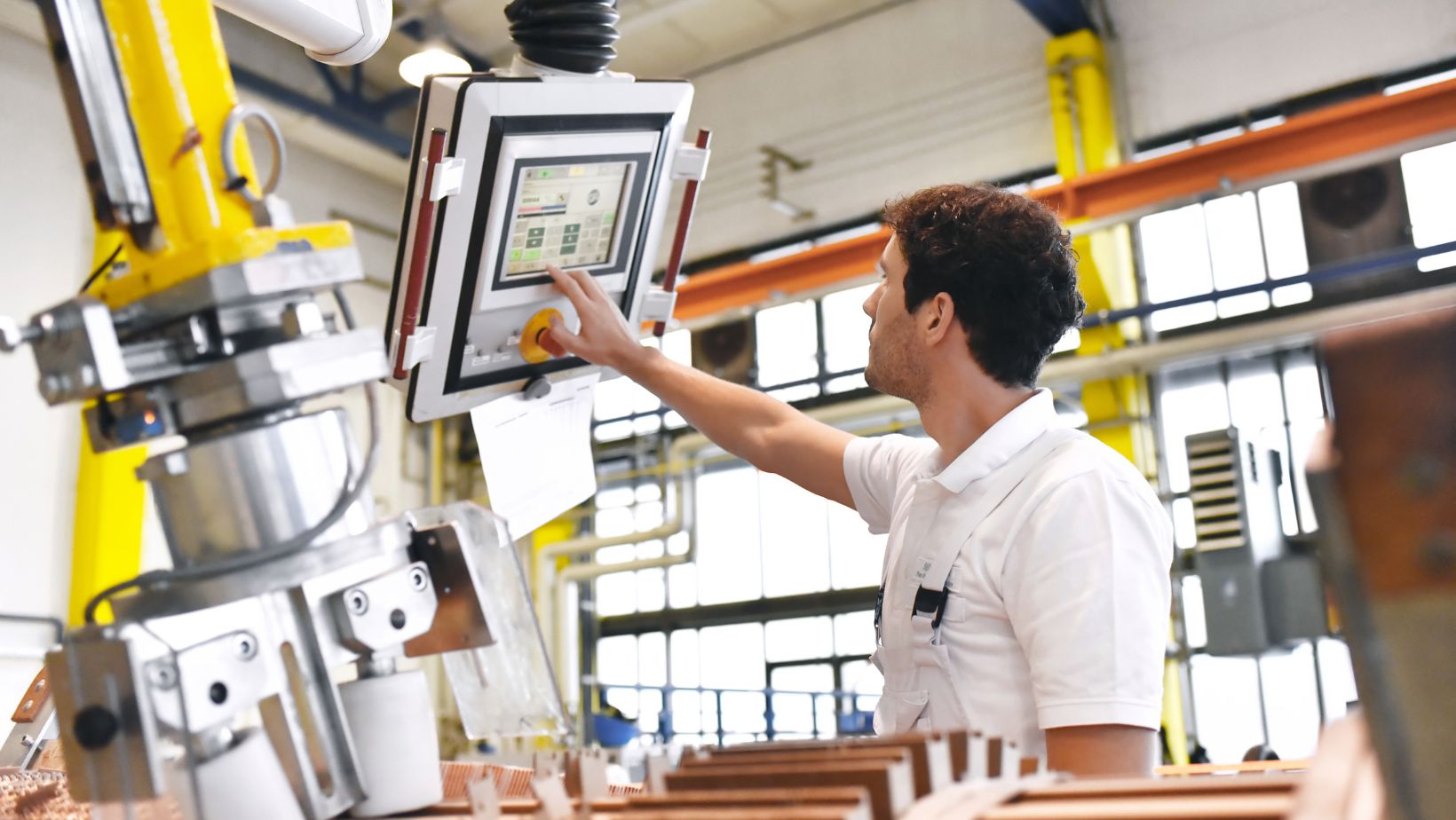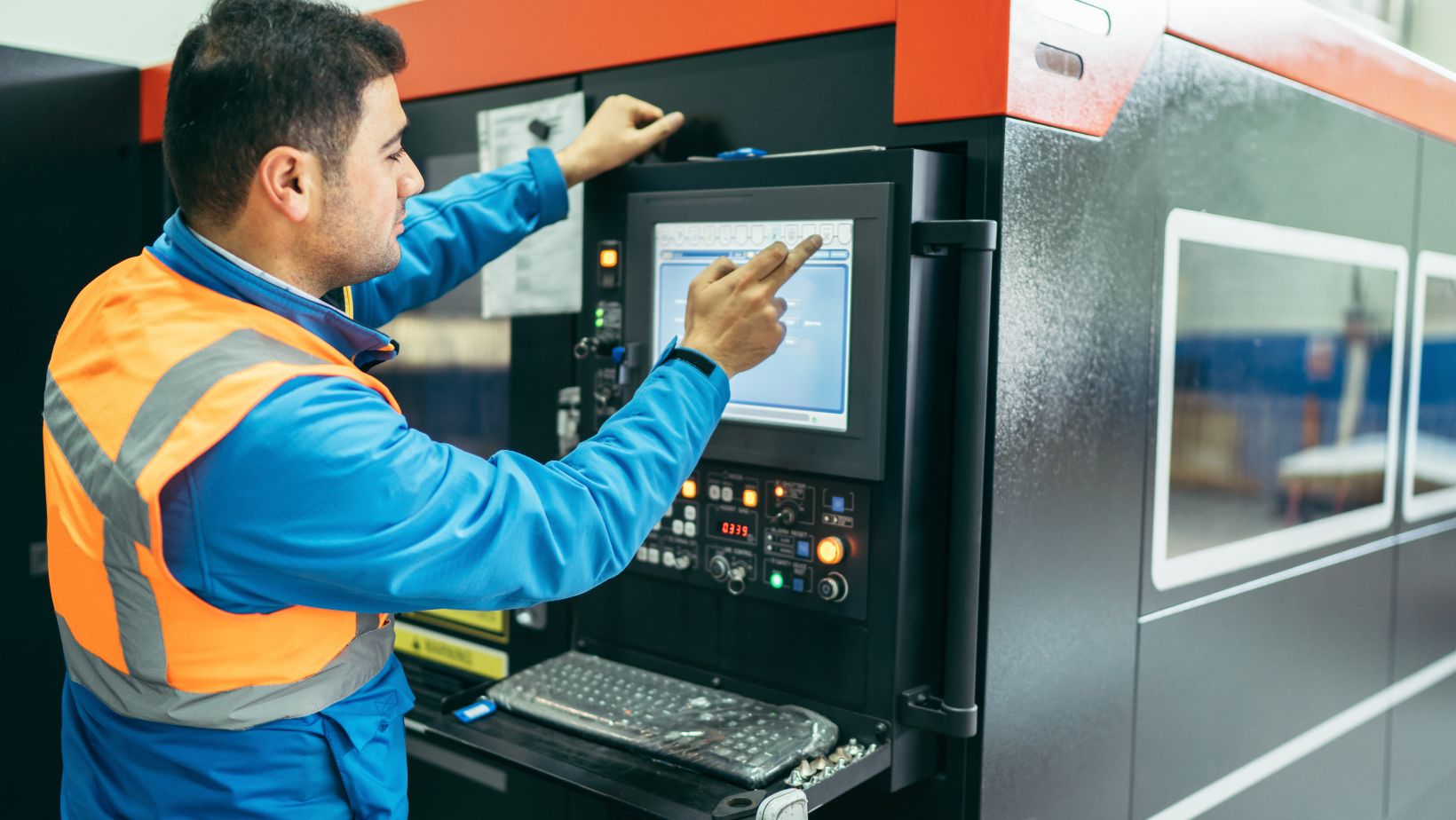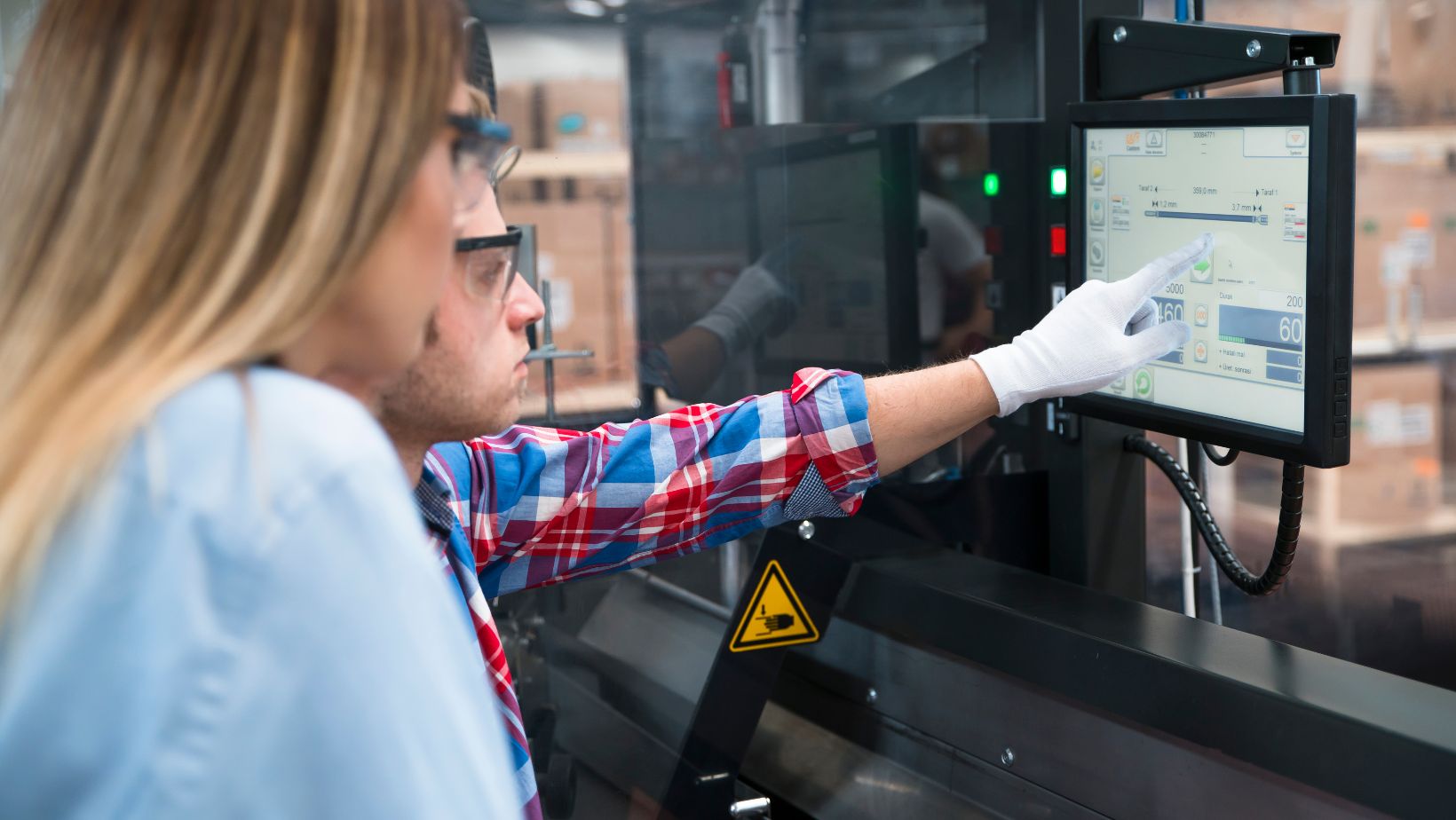
Efficiency and real-time communication are crucial. Manufacturing facilities, in particular, face increasing demands for productivity, precision, and responsiveness. One technology that is reshaping the way these operations function is the use of smart displays. By enhancing visibility, streamlining communication, and supporting agile workflows, smart displays are driving significant improvements in operational flow.
Real-Time Information at a Glance
Traditional methods of sharing information in manufacturing—such as printed notices, whiteboards, or word-of-mouth—are often slow, inconsistent, and prone to error. Smart displays change this entirely. Positioned throughout the facility, these digital screens can display live metrics, shift schedules, production goals, and safety alerts, ensuring that all team members are aligned and informed.
Whether mounted near machinery, in break rooms, or at entry points, smart displays provide immediate access to information without disrupting work. This transparency not only empowers staff but also reduces downtime, as teams can respond instantly to production issues or updates.
Enhanced Communication and Collaboration
One of the most notable benefits of smart displays is their ability to centralize and unify communication. In facilities with multiple departments or shifts, maintaining a consistent message can be challenging. Smart displays bridge this gap by ensuring that updates are displayed simultaneously across the plant, eliminating miscommunication.
Additionally, managers can use these systems to highlight achievements, recognize employee contributions, or reinforce safety protocols. This improves morale and encourages a culture of accountability and continuous improvement.
Integrating with Manufacturing Systems
The real power of smart displays lies in their ability to integrate with other manufacturing technologies. By connecting with enterprise resource planning (ERP) systems, machine sensors, or production management software, these displays can present accurate, up-to-the-minute data. For example, if a machine experiences a fault or a bottleneck occurs on a production line, alerts can be triggered and displayed on the nearest screen, allowing for quick action.
In this way, smart displays support proactive decision-making. Workers can assess the situation immediately and make adjustments, while supervisors monitor performance in real time, reducing delays and minimizing waste.
Supporting Lean and Agile Manufacturing
Smart displays align perfectly with lean and agile manufacturing philosophies. Visual management is a cornerstone of lean operations, and smart displays provide a flexible and scalable way to implement this principle. By visualizing workflows, identifying inefficiencies, and encouraging timely interventions, they help teams maintain momentum and adapt quickly to changes in demand or schedule.
For facilities aiming to boost agility and reduce waste, investing in Digital Signage For Manufacturing Facilities can offer a high-impact solution. These systems are designed specifically for industrial environments, with robust features tailored to the needs of manufacturers seeking real-time, plant-wide communication tools.
Boosting Safety and Compliance
In addition to operational advantages, smart displays play a vital role in ensuring workplace safety. Facilities can use them to display rotating safety tips, emergency procedures, or live alerts in the event of an incident.

This constant reinforcement helps create a culture where safety is prioritized, reducing the risk of accidents and ensuring compliance with health and safety regulations.
During audits or inspections, the ability to demonstrate live compliance data on-screen further supports a strong safety posture and instills confidence in stakeholders.
Conclusion
Smart displays are no longer a luxury; they are a vital asset for manufacturing facilities aiming to stay competitive in a rapidly evolving landscape. From improving communication and collaboration to enhancing safety and supporting lean principles, their impact on operational flow is profound. By adopting digital signage tailored to industrial environments, manufacturers can unlock new levels of efficiency, transparency, and responsiveness that keep production moving forward—smarter and faster than ever before.








